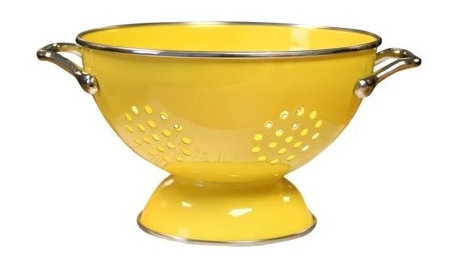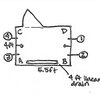Powerwashing With Well Water Pump...
VengeFulHemi
12 years ago
Featured Answer
Sort by:Oldest
Comments (13)
VengeFulHemi
12 years agoRelated Professionals
Fullerton Kitchen & Bathroom Remodelers · Boca Raton Kitchen & Bathroom Remodelers · Chandler Kitchen & Bathroom Remodelers · Fair Oaks Kitchen & Bathroom Remodelers · Islip Kitchen & Bathroom Remodelers · Lyons Kitchen & Bathroom Remodelers · Omaha Kitchen & Bathroom Remodelers · Oxon Hill Kitchen & Bathroom Remodelers · Port Charlotte Kitchen & Bathroom Remodelers · Southampton Kitchen & Bathroom Remodelers · Spokane Kitchen & Bathroom Remodelers · Warren Kitchen & Bathroom Remodelers · Palestine Kitchen & Bathroom Remodelers · Ridgefield Park Kitchen & Bathroom Remodelers · Kiryas Joel Applianceslazypup
12 years agobus_driver
12 years agolazypup
12 years agowoodbutcher_ca
12 years agobus_driver
12 years agowoodbutcher_ca
12 years agobus_driver
12 years agoVengeFulHemi
12 years agoVengeFulHemi
12 years agolazypup
12 years agobus_driver
12 years ago
Related Stories

FEEL-GOOD HOMEFeel-Good Home: Water, Water, Everywhere
You can mindfully introduce water features into your landscape no matter the size of your yard
Full Story
PRODUCT PICKSGuest Picks: The Well-Stocked Starter Kitchen
We’ve got all the kitchen basics and tableware you need (or that recent grad needs) to make cooking a joy
Full Story
SAVING WATER11 Ways to Save Water at Home
Whether you live in a drought-stricken area or just want to help preserve a precious resource, here are things you can do to use less water
Full Story
SAVING WATERXeriscape Gardens: How to Get a Beautiful Landscape With Less Water
Conserve water and make gardening much easier with the xeriscape approach’s 7 principles
Full Story
LANDSCAPE DESIGNGet Along With Less Lawn — Ideas to Save Water and Effort
Ditch the mower and lower your water bill while creating a feast for the eyes with diverse plantings and gathering places
Full Story
GREAT HOME PROJECTSHow to Switch to a Tankless Water Heater
New project for a new year: Swap your conventional heater for an energy-saving model — and don’t be fooled by misinformation
Full Story
LANDSCAPE DESIGNHow to Move Water Through Your Landscape
Swales, underground pipes or a mix of both: There’s more than one way to distribute water in the garden
Full Story
LANDSCAPE DESIGNHow to Design Your Landscape to Slow Down Water
Putting the brakes on stormwater runoff is the first step in sustainable water design
Full Story
GREEN BUILDINGJust Add Water: Rain Barrel Magic
Take your rainwater storage from practical to beautiful with a new breed of design-friendly rain barrels
Full Story
LANDSCAPE DESIGNHave Your Garden Fountain and Be Water Wise Too
Learn which water features are more suited to conservation, and get strategies for placement and use
Full Story







lazypup